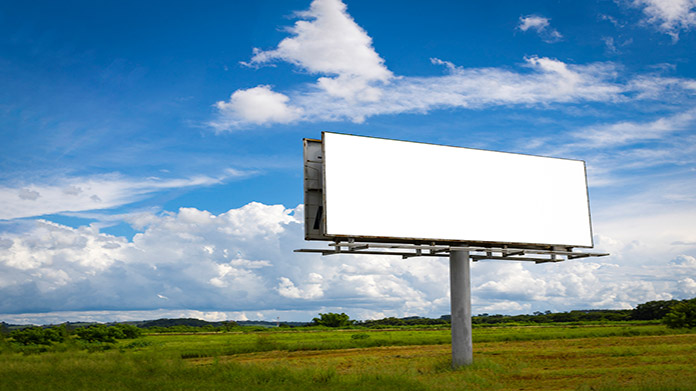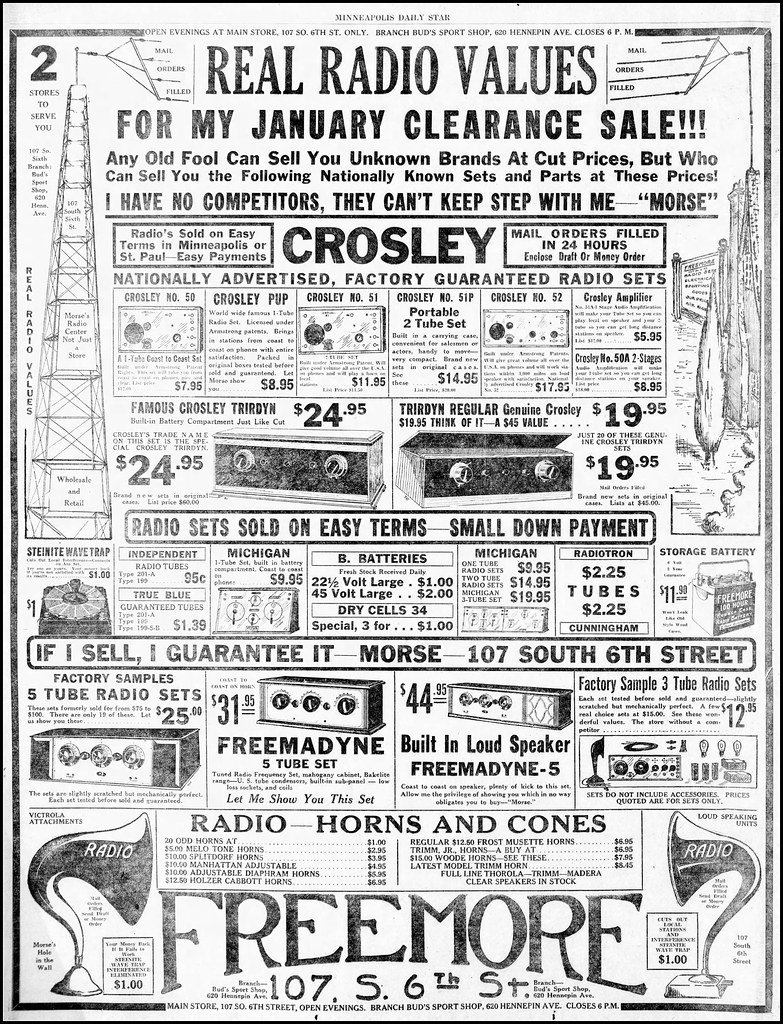
These 80's TV ads are among the most memorable. They embrace the edgier themes and bright colors of the decade, but at the same time, they are still relatively wholesome and innocent. These ads were likely broadcast before the internet changed everything.
During this era, there was a lot of world events taking place, including the end of the Cold War, which led to many changes in American society. There was also the Women's Rights Movement and a strong emphasis on women in the workplace.
In the 1980s, there were many new products on the market such as the Nintendo Game Boy. The video game system opened up a new way for kids to play video games. It was the height in coolness in the 1980s and the TV ads helped to sell it to children all over the world.
Pepsi's Michael Jackson ad was one of the most well-known and popular advertisements of the 1980s. The commercial began with children dancing to Jackson's music. Soon, the King of Pop joined them and showed off his dancing moves.

This commercial is a must-see for fans of retro music. The commercial features the song "Mr Soft" by Steve Harley and Cockney rebel, which is reenacted in a very bizarre way.
The company even made a DVD from the ad. It was possible to watch it again and again.
It was an extremely effective advertising strategy. The video was catchy, and people could embed the jingle into their heads so they could hear it every time the word "soft” was mentioned. It's a memorable ad from 1980s that will get you singing along and thinking back to your childhood.
Fast food restaurants became more popular during the 1980s. People were always hungry and needed fast, delicious meals. These were the times when McDonald's (McDonald's) and Burger King (McDonald's) became the most successful fast-food chains in America.
As a result, their ads were extremely well-known and influential. Soon, the "Where's my beef?" slogan was a household name. Wendy's became America's largest fast-food chain, thanks to its viral tagline.

A Milky Way commercial from the 1980s featured a catchy tune that would stay in your head for days. It was unfortunately only around for ten more years. But it's well worth the effort.
Technology has made a significant impact on how we see the world since the 1980s. Television was a prime example of this. Viewers spent a lot of time watching it. During this period, TV advertising was more expensive than it is now, but companies were willing to invest their money in creating highly memorable ads that got people talking about them.
FAQ
What are the basics of television advertising?
Television advertising is a very effective medium to reach many people at once. It was also expensive. However, it can be powerful if you use the device correctly.
There are many different types of TV ads, but they all have certain common characteristics. Planning any TV ad should start with ensuring it fits in its category. You shouldn't attempt to make a lifestyle commercial the same as a product ad. Your message must be consistent throughout the campaign.
Second, prime-time hours are the best times to air your ads. This is because TV viewers often relax while in front of the screen. You want them to be relaxed enough to focus on your words.
You don't have to be rich to achieve great results. Actually, it could be the contrary. A study conducted by the University of California found that commercials aired during popular shows were less likely to sell products than those aired during unpopular shows. You should ensure that you spend your money wisely if you plan to advertise on television.
What do you need information about print advertising
Print advertising is a good medium to communicate effectively with consumers. Many companies use it to promote products and services. The main goal is to catch the attention and buy from the consumer.
Print ads are typically short (1 page) and usually include text, photos, logos, or other graphics. These ads may include sound, animation and video as well as hyperlinks.
The following categories are the most common types of print advertisements:
1. Brochures: These large-format printed pieces are meant to draw customers into stores. They are often filled with colorful images and catchy designs.
2. Catalogues- These are smaller versions and variants of brochures. These are often sent to customers who have asked for information on particular items.
3. Flyers - These are small pieces of paper distributed at events such as concerts and fairs. Flyers can be handed out at retail outlets for a small fee, but are generally free.
4. Posters - These are larger versions of flyers. They are placed on walls, fences, buildings and other surfaces. These are often created with computer software programs to grab the attention of passersby.
5. Direct mail – These are direct mail letters and postcards sent to potential customers. Companies send these out periodically to remind existing customers about their business.
6. Newspaper Ads – These are ads that appear in newspapers or magazines. They can be quite lengthy and often include text as well as images.
What is affiliate marketing?
Affiliate marketing can be described as an online business model. You earn commissions by referring customers who purchase products and/or services on other websites. If someone buys from your product, you get paid by the owner.
Affiliate marketing relies on referrals. To get people to buy from your affiliate marketing, you don't have any special requirements. Refer them to the website.
There are many ways to make money, without having to do any selling. Selling is as easy as buying.
Even affiliate accounts can be set up in just minutes.
The more people you refer, the more commission you will receive.
There are two types affiliates.
-
Affiliates who own their websites
-
Affiliates that work for companies offering products and services.
Radio advertising: What are your options?
Understanding the interactions between different media is essential. The most important thing to remember is that all forms of media are complementary rather than competitive.
Radio is best used to complement television advertising. It enhances television by reinforcing important messages and providing additional details.
For radio listeners, TV commercials can often be too long. Radio ads are usually shorter and less expensive.
What is an Ad Campaign?
Advertising campaign refers to a series of advertisements intended to promote a product. It may also refer to the entire production of such ads.
The term "ad" comes from the Latin word for "to sell." Marcus Terentius Varro (116–27 BC), was the first to make it a verb, meaning "to make sale".
Advertising campaigns are usually done by large companies and agencies. Advertising campaigns can involve many media types, such as television, radio, print, and the internet.
Advertising campaigns last several months and are usually focused on specific goals. Advertising campaigns can have different goals. Some are focused on increasing sales while others generate awareness.
Advertising what is it?
Advertising is an art form. Advertising isn't just about selling products. It's about creating emotional connections between people and brands.
Advertising is about sharing stories and using images for ideas.
It is important to communicate clearly and persuasively. And you need to tell a story that resonates with your target market.
Advertising is therefore distinct from other forms communication such as writing and public speaking.
By creating a successful campaign, you can create your brand identity.
And this is how you become memorable. You become someone that people remember.
How can you choose your target audience?
Start with yourself and those closest to your heart. Ask yourself "Who am I trying reach?" if you aren't sure where to start.
Ask yourself these questions: Who do you consider the most influential in your industry? What are their daily problems? Which are the smartest people working in my field? Where can they be found online?
Take a look back at how you started your company. Why did you start? What problem solved you for yourself? How did that happen?
These answers will help identify your ideal clients. You'll also learn more about what makes them tick and why they buy from you.
It is also possible to look at the websites and social networks pages of your competitors to get insight into who they cater.
Once you have identified your target customer, you need to decide the best channel to reach them. An example: If you provide services to realty agents, you may create an informational website for home buyers.
You could create a blog if you offer software to small business owners.
If you sell clothing, you can create a Facebook fan page for teens. If you own a restaurant, you can set up a twitter account to provide information for parents searching for child-friendly options.
It is important to remember that there are many methods of getting your message across.
Statistics
- In 1919 it was 2.5 percent of gross domestic product (GDP) in the US, and it averaged 2.2 percent of GDP between then and at least 2007, though it may have declined dramatically since the Great Recession. (en.wikipedia.org)
- It collects money from the advertisers, keeps 32% for its role in facilitating the process, and the remaining 68% goes to the publisher (you). (quicksprout.com)
- Google will display whichever ad type (CPM or CPC) is expected to earn more revenue for the publisher, which is in Google's best interest since they take a 32% share of the revenue. (quicksprout.com)
- Advertising's projected distribution for 2017 was 40.4% on TV, 33.3% on digital, 9% on newspapers, 6.9% on magazines, 5.8% outdoor, and 4.3% on radio. (en.wikipedia.org)
External Links
How To
How do you place an ad on a billboard
Although billboards have been around since late 1800s, they first became popular in World War II as they were placed along highways and roadsides. Billboards typically contain text advertising, and some also contain photographs or artwork. Most billboards are static. However, others display messages that can change often, such as weather forecasts or stock prices.
The majority of billboards are outside displays. However, there are indoor versions. While outdoor billboards are often seen by people passing by, indoor ones might only be seen once in a few years. The most common type of outdoor billboard is called a "cubic" billboard because it is composed of three layers -- two sheets of glass sandwiching a layer of fiberglass mesh. This allows air flow through the billboard and keeps it cool in summer and warm in winter.
Billboard Advertising Inc. is a company that advertiser pay to have their ads displayed on its billboards. It owns and operates many North America's largest billboard advertising companies. These companies then sell space on their billboards to advertisers. These billboards are purchased by advertisers according to how much they wish to spend on advertising. Many advertisers choose the best spots for their ads by looking at where people are most likely to drive or walk.
Billboard Advertising Inc. also sells ad space. They have contracts with local governments for signs to be erected on city property. Some cities allow billboards wherever they are allowed, while others prohibit them from certain areas. Chicago, for example requires that billboards are no higher than 1,000 feet from any highway. Other cities require that billboards be placed no closer than 500 feet from a school or church.
Billboard Advertising Inc. is a contract holder for the promotion of products and services throughout the United States. These include Florida, California Nevada, Texas Arizona New Mexico Colorado Washington Oregon Idaho Utah Wyoming Alaska Hawaii Canada Puerto Rico Guam Virgin Islands and American Samoa.